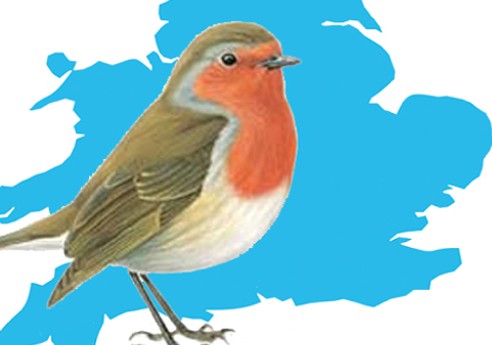It looks as though the year has got off to a good start. I was a little nervous that we would have to endure the recent January ritual of ‘New Year, new price drop’ and the processors bleating about too much pork in storage.
At the time of writing (admittedly, only one week in), we have only been cut back by 4.5 per cent and price has fallen by 0.62p.
Over Christmas and New Year, I noticed how empty of food the supermarkets seemed to be. We usually shop online and were annoyed because items were unavailable on the website, or were either missing or substituted when the delivery arrived.
There must have been general disquiet among customers of this particular establishment because they rang to tell me it was because lots of suppliers close down over the holidays.
Personally, I didn’t set foot in an actual supermarket (heaven forbid!) but I am told their shelves were pretty bare, too. This begs the question, who actually closes during this period?
We still sell pigs (we had two loads go in Christmas week) and I am sure there are plenty of other primary producers who do the same. So is it processors or importers, maybe?
It seems madness to get to the busiest time of the year and not have enough stock to sell to people who want to buy enormous amounts of food over Christmas.
Next time we get cut back over Christmas or January, I will check supermarket shelves for pork.
I am also pleased because our performance has picked up, thanks to some attention to detail.
Since mid-September we have improved by 1.8 born alive, 0.23 litters per sow per year, 0.7 weaned, 0.3kg per pig weaned and six pigs weaned per sow per year.
They are pretty big numbers and potentially the difference between being able to pay for our new buildings and not being able to.
Driving this has been marginal gains, inspired by the 1 per cent rule used by GB cycling to win Olympic golds. If you can improve a lot of things by 1 per cent, those small increases add up to a big increase. We can all improve a number of things by 1 per cent. It makes a difference. Asking someone to improve something by 1 per cent is achievable and less daunting.
I also altered the way I calculate my forward cash flow at the end of last year. The income formula (pigs sold x weight x price) is a good way of demonstrating how numbers out of the gate affect profitability.
It also reveals how much you can afford to spend on remedying a disease problem.
Which brings me on to the eMedicine Book (eMB-Pigs). I suspect there has been some reluctance to complete this online, but I thought I would share my experience.
I was initially going to input each individual treatment from 2015. I procrastinated, because it was going to be difficult and time-consuming. In the end, I entered data for my total antibiotic usage and it took me less than half an hour.
I really would encourage everyone to fill it in online, because without good antibiotic stewardship, we are going to lose them.




